
More about insulin resistance
This text will focus on the insulin resistance test and the normal ranges. First of all, insulin resistance is a problem that needs to be diagnoses. In the human body, the pancreas is the organ that secretes a hormone called insulin and due to this hormone, the bloodstream gives glucose to the blood cells. Muscle cells and liver cells can gather glucose in the form of a glycogen, or it can be used for energy. But, regulation of the blood glucose level sometimes cannot be done by the secreted insulin, which leads to the increased manufacture of this hormone in order for the normal glucose level to be achieved. But the fact is that it causes insulin resistance, which happens due to the protection that the cells provide, and this further leads to the high blood glucose level. If a doctor suspects of this problem, a certain test has to be done. This test can prevent diabetes type 2 in some cases with the help of a simple diabetes diet. Also, this problem may be hereditary and if someone from you family had it, the chances are you will, too.
Measuring Insulin Resistance
Problems such as depression, weigh gain, drowsiness, bloating, intestinal swelling, and fatigue are associated with insulin resistance. There is a test, called hyperinsulinemic euglycemic clamp, which can be done in this situation. This is a very complicated test performed in hospitals, while fasting insulin test, fasting glucose test and glucose tolerance test do not require visit to the hospital.
One of the tests is done in the following way: first, the blood is drowned and then the patient consumes 75g of glucose sugar drink. The level of blood glucose will stay very high if the problem we are talking about is present. There are test that involve a sweetened drink and readings that should be taken in every two hours after the consumption of this drink. The normal range of blood glucose goes around 140mg/dl, while everything below suggests pre-diabetes. This glucose tolerance test can provide some information, but they have to be confirmed by the insulin test results. The total cholesterol, triglycerides, HDL and LDL can be measured by the lipid profile. The insulin resistance can be detected with the increased levels of just mentioned items. If you suspect to have insulin resistance problem, see a professional as soon as possible.


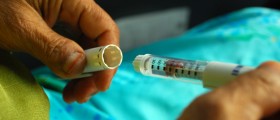
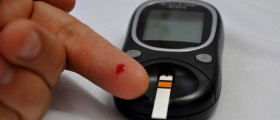


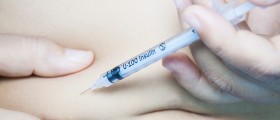

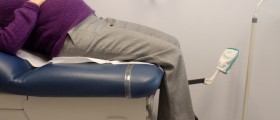
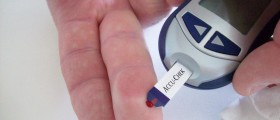
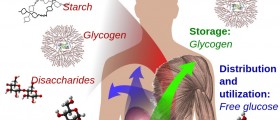


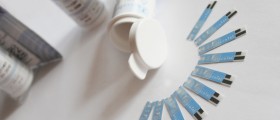

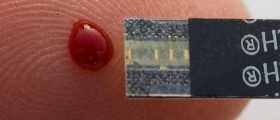
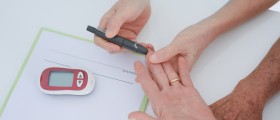
Your thoughts on this
Loading...